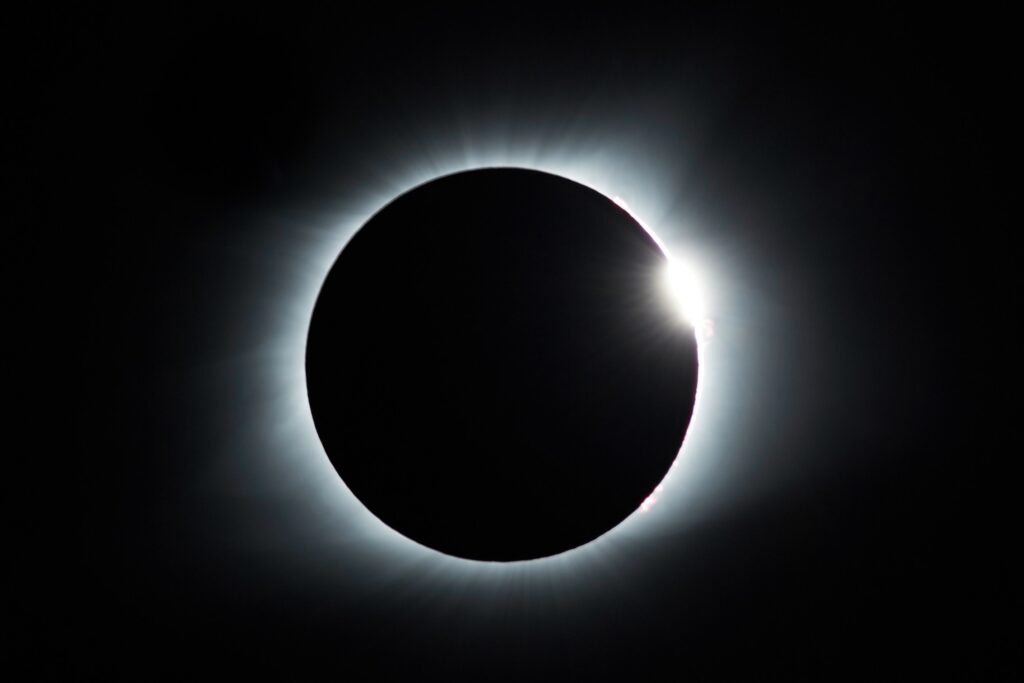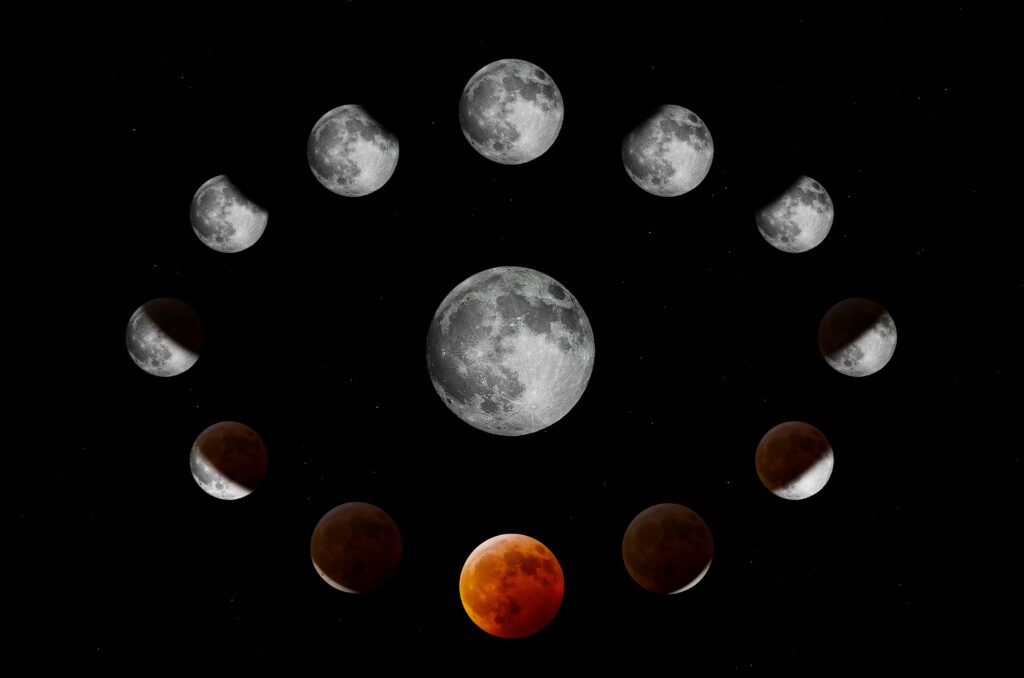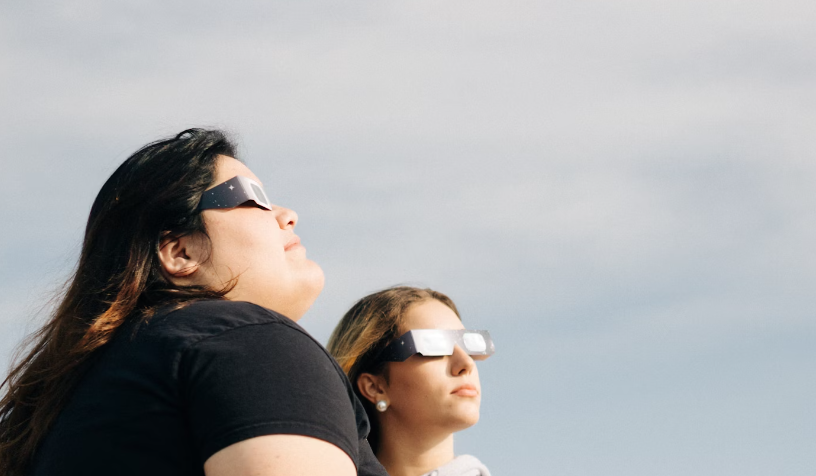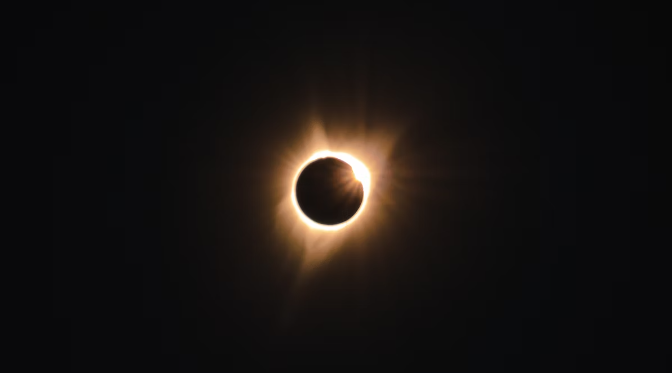In a celestial spectacle that dazzles skygazers worldwide, Mexico is the primary host for the highly anticipated total solar eclipse 2024. Scheduled for April 8, 2024, this astronomical phenomenon promises awe-inspiring moments across all 32 states of the country.

The Path of the Eclipse
According to NASA, the eclipse’s trajectory spans North America, tracing from the Pacific Ocean to the Atlantic coast of Newfoundland, encompassing Mexico, the United States, and Canada. However, it’s in Mazatlán, Sinaloa, where enthusiasts will witness the celestial ballet in its entirety, with the region plunging into darkness for a remarkable 4 minutes and 17 seconds.

Where to See the Solar Eclipse 2024
For those planning to witness this celestial ballet, Mazatlán emerges as the prime destination. Astronomical calculations pinpoint the eclipse’s commencement in the port city at precisely 9:51:23 am. The total phase starts at 11:07:25 am, reaching its zenith before concluding at 11:11:45 am. By 12:32:09 pm, the eclipse will draw to a close, leaving spectators in awe for a total duration of 4 minutes and 20 seconds—the longest on the continent. The eclipse experience spans 2 hours and 41 minutes, encompassing both partial and total phases.

Beyond Mazatlán: Other Viewing Locations
While Mazatlán steals the spotlight, other Mexican cities such as Durango, Torreón, and Monclova offer opportunities to witness the eclipse, albeit with shorter durations. However, it’s worth noting that most regions across the country will experience a partial eclipse. Take, for instance, Mexico City, where, at the eclipse’s peak, the moon will obscure 79% of the solar disk, offering residents and visitors a remarkable celestial display.

Final Recommendations
Ensuring a safe and memorable viewing experience is paramount when witnessing a total solar eclipse. Here are some essential tips to guarantee a secure observation:
- Protect Your Eyes: Never look directly at the sun without proper eye protection, such as certified solar eclipse glasses or handheld solar viewers. Regular sunglasses do not provide sufficient protection and should not be used for viewing the eclipse.
- Plan Ahead: Arrive at your chosen viewing location well in advance to secure a good spot and avoid last-minute hassles. Familiarize yourself with the eclipse’s timing and duration to make the most of this extraordinary event.
- Stay Informed: Keep abreast of weather forecasts and local conditions to ensure optimal viewing conditions. Cloud cover or inclement weather can obstruct visibility, so having a backup plan or alternative viewing location can be invaluable.
- Capture the Moment Safely: If you plan to photograph or record the eclipse. Use appropriate solar filters for your camera or smartphone lens. Never point your camera directly at the sun without adequate protection to prevent damage to your equipment and eyes.
Adhere to these final recommendations to ensure a safe and enjoyable viewing experience. So gather your gear, prepare for an unforgettable journey and witness the marvels of the universe before your eyes.


